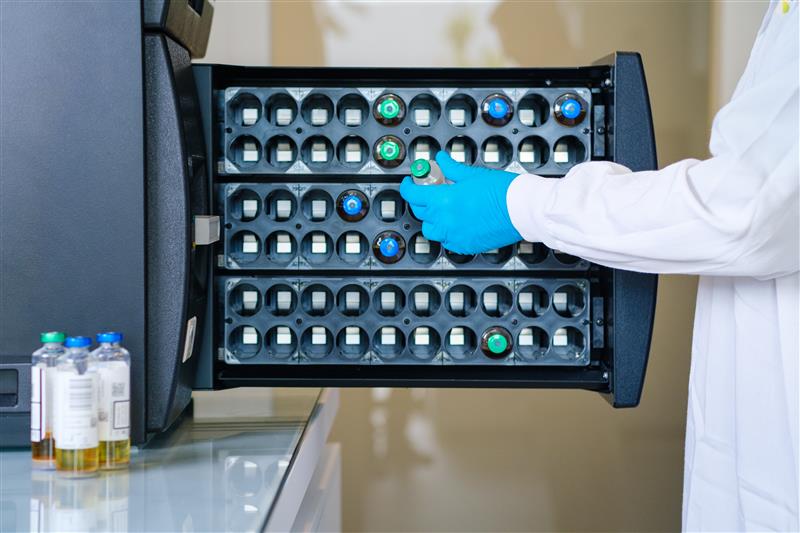Pharma Quality Control
View the articles below to learn more about the importance of diagnostics in protecting patient health through safe pharmaceutical products.
From webinars, to whitepapers, case studies and other scientific content, we've got you covered!


























































































